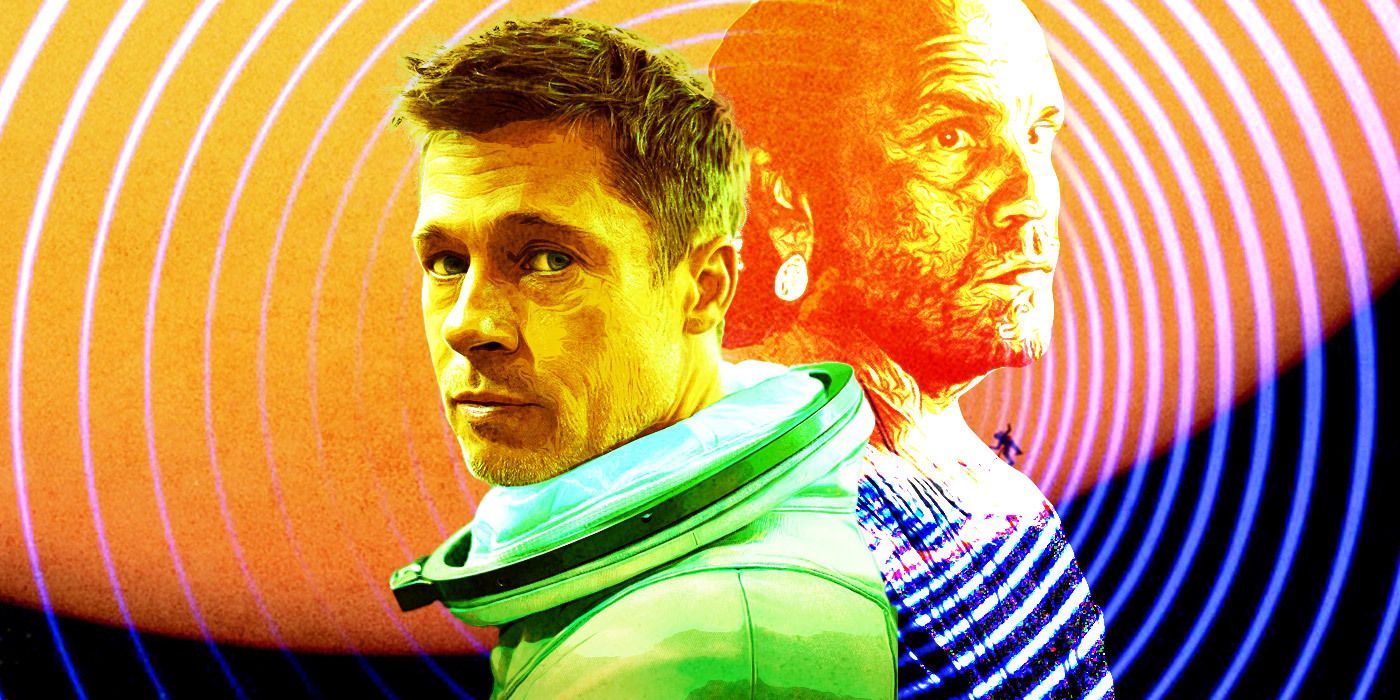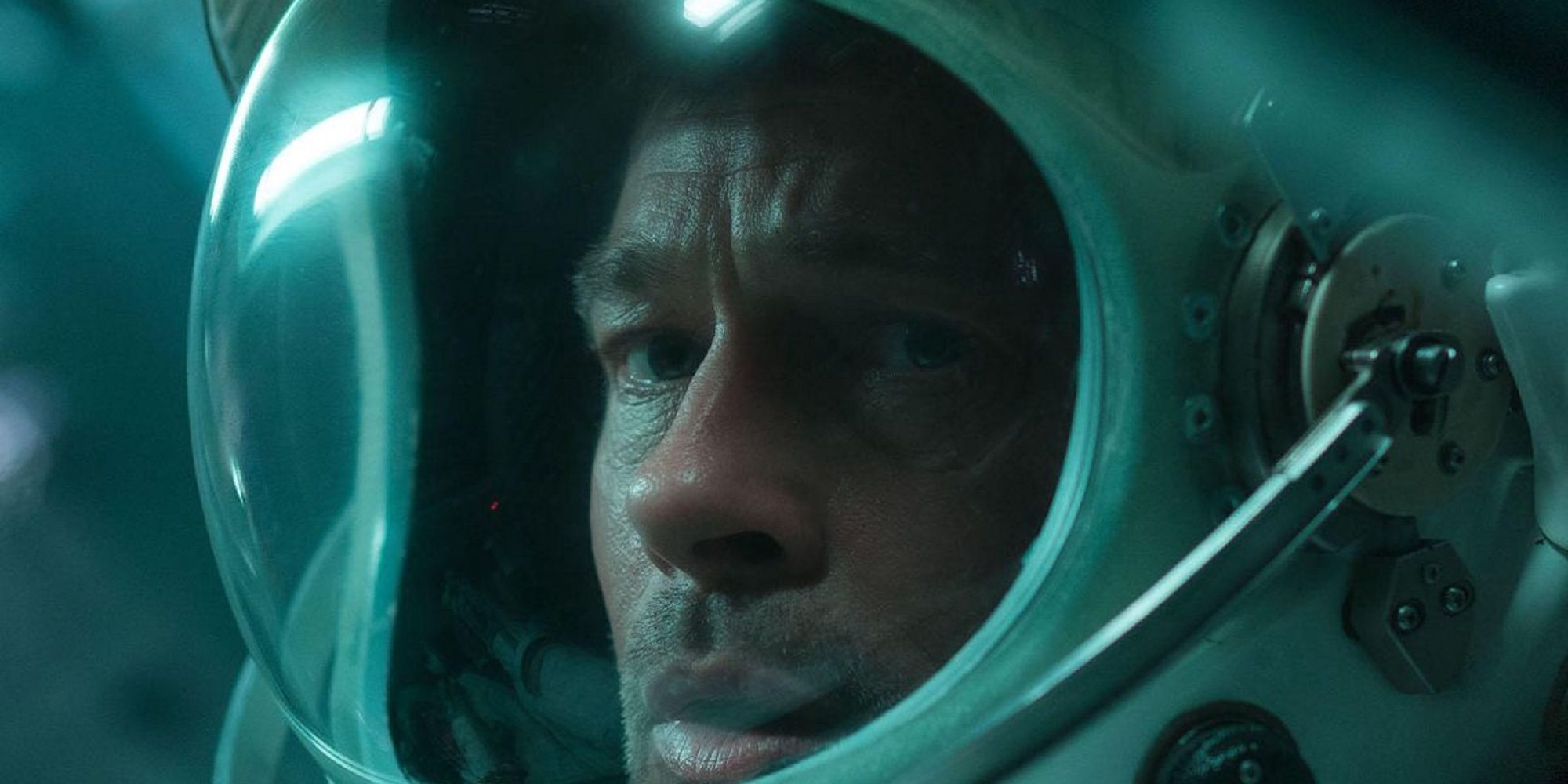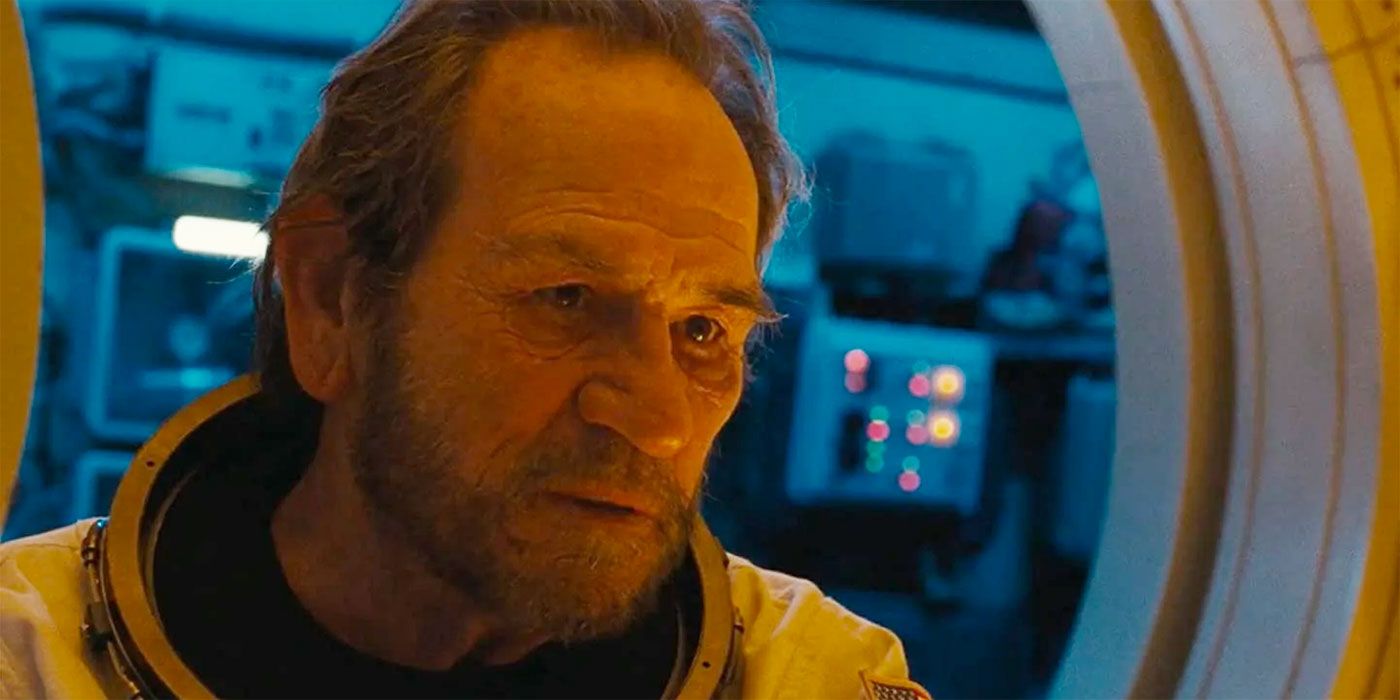Heart of Darkness is one of the most acclaimed novels in the English language. Published in 1899 by Blackwood’s Magazine, the novel initially received little attention from critics but has since become one of the most debated works in literature. It tells the story of Charles Marlow, a sailor in the Congo Free State during the later years of the 19th century, who begins a two-month journey down the Congo River in search of a crazed ivory trader called Kurtz, who has deceived a group of locals into believing he is a godlike figure. The trek exposes him to the most heinous acts a person can commit, becoming a thorough examination of the human psyche and the power of suggestion. Despite its writer Joseph Conrad considering it one of his lesser works, it has become far and away one of his most popular creation. And as with all acclaimed works of literature, it didn’t take long before Hollywood came knocking. The most notable of its adaptations, Francis Ford Coppola’s Apocalypse Now, masterfully updated the story to become an allegory for the brutality of warfare during the Vietnam War, becoming one of cinema's most acclaimed films in the process. While any attempt to best such a classic would be the first step towards insanity, there is one film that comes within arm’s length of matching that legendary status.
The film in question is Ad Astra, James Gray’s science-fiction epic that proves there is always a new angle with which to dissect a classic. Despite making several changes to its source material, the film retains the core premise and themes that Heart of Darkness so artfully explored, becoming one of the greatest examples of how to update a century’s old novel while never forgetting what it owes its life to. It’s both an intriguing retelling of the acclaimed original and a compelling piece of sci-fi existentialism in its own right, and Gray’s ability to pull off both are worthy of commendation.
Taking place in the late 21st century, Ad Astra follows the revered Major Roy McBride (Brad Pitt) as he investigates a series of mysterious power surges that threatens all life in the solar system. Their origin is traced to the Lima Project, a mission to discover intelligent life from which all contact was lost after it reached Neptune sixteen years prior. The project was led by Roy’s father, H. Clifford McBride (Tommy Lee Jones) who, despite having been presumed dead along with the rest of the Lima crew, now appears to be very much alive. This revelation leads Roy on a galaxy-spanning quest to stop the surges and bring his father home, all the while coming to grips with his own delicate state of mind. Despite obvious changes, the film adheres to the basic structure of Heart of Darkness: a psychologically damaged character is sent on a possible suicide mission across a hostile environment to deal with an insane madman who has gone rogue from his commanding officers, with the bulk of the narrative consisting of brief vignettes of increasingly brutal encounters that the protagonist discovers on their journey, all the while the brutality of their mission begins to take a heavy toll on their mental state. The set dressing may be different, but this is still Conrad’s story, with all its psychological torment to boot.
But there’s a lot more to Ad Astra than copying Heart of Darkness. Instead, Gray uses it as a foundation to explore new concepts, providing a fresh perspective on the novel that avoids becoming overly entangled in the original’s plot. For starters, the change in setting allows for a whole suite of new themes for Gray to explore, all of which feel like natural extensions of what Conrad had previously tackled. The film’s depiction of space, for example, is only a stone’s throw away from the critique of European colonial rule in Heart of Darkness. Whereas most films view humanity’s ascent into the stars through a positive lens, seeing it as our chance to escape the harshness of Earth for a more idyllic and tranquil life, Ad Astra adopts a more bitter tone. Franchises of our most popular fast-food restaurants cover the surface of the moon, sharing room with the endless disputes over territory that frequently erupt into violence. The scourge of imperialism has spread its wings to encompass the solar system itself, with Ray bemoaning the state of things in his persistent voiceover.
Despite the plot of the film stemming from a search to find intelligent life with which we can justify the actions that have caused our society so much harm, there’s a constant feeling that humanity is still a long way from finding peace with itself, and even if we did encounter new life we would probably just subject it to the same atrocities we’ve tortured ourselves with. Heart of Darkness was an early example of rejecting the notion that colonialism was for the benefit of those it conquered, with much of the novel’s second half condemning the injustices that western nations have committed in Africa. Ad Astra expands on this theme on a much grander scale. Both serve as a ruthless critique of imperialism, and while these examinations work fine in isolation, together they present a considerably more powerful image. Two hundred years separate the events of Heart of Darkness and Ad Astra, and while the backdrop may be different, human nature remains just as inhuman as ever.
This reinvention also extends to the film’s characters, with Roy and Clifford McBride serving as fascinating modern reinterpretations of Heart of Darkness’s central duo, Charles Marlow and Kurtz. Much like the protagonist of Conrad’s novel, Roy exhibits many of the characteristics associated with the standard hero archetype: he’s tough, courageous, and more than capable of handling himself in tense situations, all of which are heightened by the casting of Brad Pitt in the role. But this is merely a front to hide a more fragile interior, the cracks of which begin to show the further he gets into his mission. Roy’s ability to never have his heart rate go above 58 beats per minute may seem like something a macho hero would pride himself on, but the longer Ad Astra goes on the clearer it becomes that this is just a coping mechanism due to trauma relating to his family. In addition, he also shares Marlow’s role as the audience surrogate, with his blank stares and emotionless tone serving as the perfect vector with which to introduce this harsh world to the viewer. His steadfast determination ensures the plot is always moving forward, with the film never leaving his side as he descends further into isolation both psychically and mentally. He’s a cold character, but one who feels right at home in this grim depiction of the future.
The film’s antagonist Clifford McBride also has his fair share of comparisons to his Heart of Darkness counterpart. Like Kurtz, he sees himself as a divine figure who refuses to abandon the Lima Project’s mission, even after a mutiny that leaves him as the only survivor. Clifford’s role in this event is left ambiguous, but the emptiness with which he views humanity gives more than a strong implication. While he lacks the pomp and ceremony of Kurtz, the grandness of his ideas put him right alongside the evil genius caricature, as does his blindness to all the harm he has caused until his final moments. As in Heart of Darkness, Clifford believes in an ideology diametrically opposed to that of his superiors, with Roy existing as an intermediary between the two. His indifference to the various heinous crimes he encounters on his journey to Neptune (some of which he is responsible for himself), combined with his stoic exterior, may lead one to assume he sympathizes with Clifford’s goal of finding new (and better) life, but despite everything he keeps one foot firmly planted on the side of humanity.
The decision to make them father and son, a radical departure from the source material, adds an exciting new dynamic to the proceedings. By throwing such a large spanner into the works, Gray gives the story a unique touch that allows his film to stand by itself, rather than always being shackled by the 120-year-old novel it owes its heritage to. It also serves to rack up the tension considerably as Roy drifts ever closer to his reunion with a father he hasn’t seen for almost thirty years, an ingenious method that allows the story to retain its central concept of two strangers meeting in an inhospitable land even when they’re as closely connected as two people can be.
Ad Astra is definitely a looser adaptation of Heart of Darkness than other films. Apocalypse Now, for example, retains the name Kurtz for its antagonist, in addition to much of the novel’s dialogue. But Gray smartly avoids this route, opting for a more personal approach that uses the novel not as a bible that must be adhered to at every moment, but as a foundation from which to build a freestanding project. It would be entirely reasonable to watch Ad Astra without even realizing its lineage to Heart of Darkness, the perfect sign that Gray has succeeded in his goal, but when viewed together a whole new layer of interpretation can be found. Suddenly the dour depiction of the future looks even worse, while also giving Conrad’s original text an even more downbeat ending when we see that his wish for a more optimistic future hasn’t come to pass. Ad Astra is a brilliant example of how a filmmaker can add a unique twist to a classic while still retaining its fundamental principles, and should serve as an inspiration to all wishing to undertake a similar endeavor.



